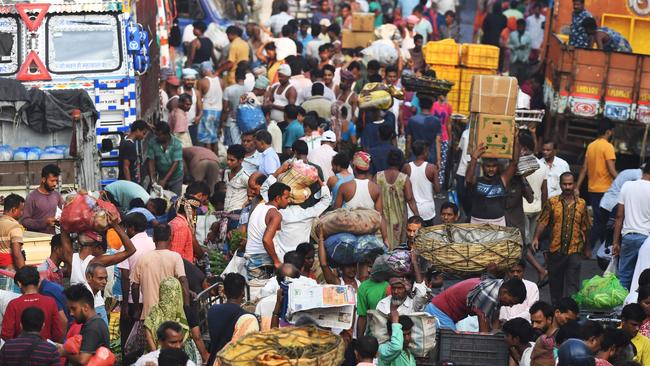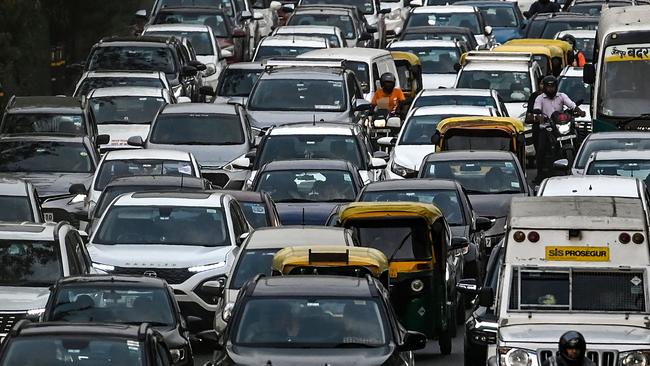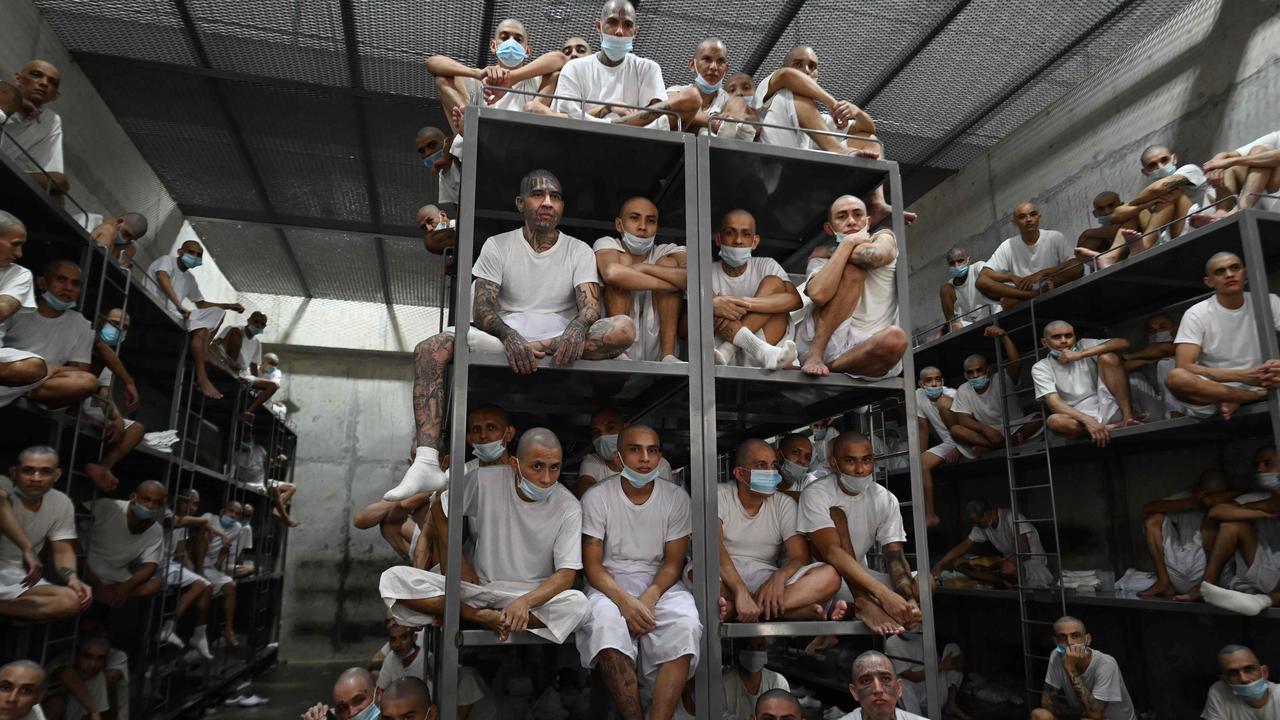Will India’s growing population bring an economic boom?

For the first time since the mid-18th century, China isn’t the world’s most populous nation. According to United Nations projections, India claims that mantle this month as its population touches 1.425 billion.
Many in the West would like India to catch up economically with China and emerge as a powerful democratic counterweight in Asia. But for this dream to become reality, India must do a better job of educating its people and industrialising its economy. Its political system needs to be supple enough to accommodate demographic strains, including income disparities between the educated and the illiterate and between a clutch of relatively well-run coastal states and the poorer and more populous Hindi-speaking heartland.
Not long ago, educated Indians largely considered the country’s burgeoning population a liability, not an asset. But many now argue that India’s young population gives it an edge over China that will persist for decades. China’s population has already begun to decline. The United Nations projects India’s to peak at 1.7 billion in 2064.

This means China will grow old before it grows rich, whereas India still has time to grow rich before it grows old. The median Chinese citizen is 39, a decade older than the median Indian. The legacy of the brutal one-child policy has China facing the “4-2-1 problem,” in which a single adult cares for two ageing parents and four grandparents.
“Taking care of parents and parents-in-law is increasingly going to be the business of China,” says Nicholas Eberstadt, an expert on global demographics at the American Enterprise Institute. “That is not India’s fate — at least not over the coming generation.”
Since embarking on economic reforms in 1991, India has made strides to reduce extreme poverty. According to the World Bank, in 2019 only 10 per cent of Indians — about 138 million people — lived on less than the benchmark of $2.15 a day. If India’s poverty rate had remained the same as in 1987, that number would have been 700 million — more than half the population. Last year India overtook the UK to become the world’s fifth-largest economy. India is on track to become the world’s third-largest economy by 2029, according to the State Bank of India.
Yet in absolute terms India remains much poorer than China. In the early 1990s the two countries had about the same per capita annual income — roughly $350. China’s is now nearly six as large as India’s: $12,550 to $2,250. On Prime Minister Narendra Modi’s watch the gap has continued to widen.

To a large extent, optimism about India hinges on the idea of a “demographic dividend.” The theory, Mr Eberstadt explains, is that this is a once-in-history chance for a population to move swiftly from short life expectancy and big families to long life expectancy and small families. In India, the labour force is growing more rapidly than the total population, which could translate into higher savings and investment rates and more rapid economic growth. South Korea and Taiwan are examples of Asian countries that swiftly made this transition from poor to rich.
Before India can dream of emulating their success, or China’s, it must acknowledge the size of the challenges it faces. Only about three-fourths of India’s population is literate, a level that China surpassed about 40 years ago. According to Mr Eberstadt, this makes India the only country in history to have a vast pool of college graduates living amid hundreds of millions of working-age people who have never been to school. Moreover, over the past three decades regional disparities have widened. Kerala in the south has human-development indicators akin to Brazil. Bihar in the north looks worse than Cambodia.
Or take female labour-force participation, another measure of economic development. In China it’s more than 60 per cent — roughly the same as in the U.S. and other wealthy countries. In India it has declined from 28 per cent in 1990 to 23 per cent in 2021. More than two-thirds of Chinese live in cities, which tends to boost productivity. India remains overwhelmingly rural — only about a third of the population lives in cities.

Industrialisation also matters. Apart from a few resource-rich countries like Qatar and Saudi Arabia, all rich nations have successfully moved large numbers of people from farms to factories as they developed. Despite Mr Modi’s calls to “Make in India,” manufacturing as a percentage of Indian gross domestic product declined from 16 per cent in 2011 to 14 per cent in 2021. As a proportion of employment, India’s industrialisation peaked in 2002. Almost half of the Indian workforce makes subsistence livings on small family farms, compared with only about 25 per cent of Chinese and 1 per cent of Americans. In 2019, amid persistent protests, Mr Modi rolled back ambitious agricultural reforms that would have helped modernise farms.
On the upside, India has massive room for improvement. If the country gets everything right it could grow robustly for decades. But to catch up it will need to redress many of its failures. “The critical thing to remember,” Mr Eberstadt says, “is that demographic dividends don’t always get cashed.”
The Wall St Journal




